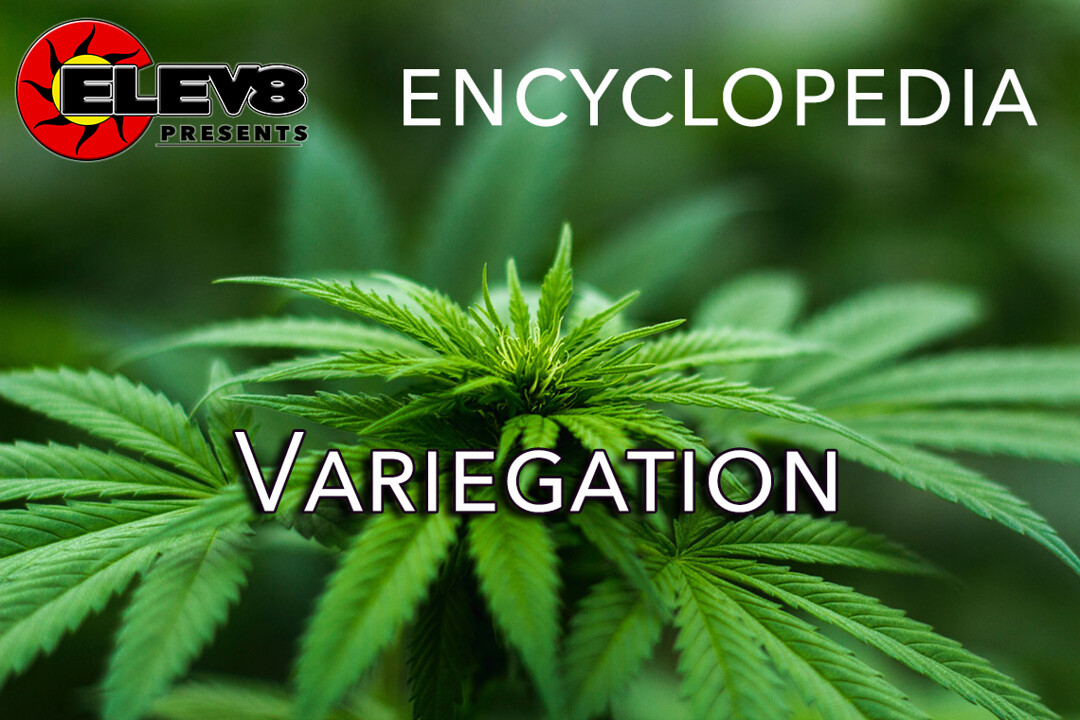What does Variegation mean?
A variegated plant shows sign of variegation. When this occurs, the plant appears to exhibiting more than one color, often as irregular patches or streaks.
Variegation in plants is rare in nature. It occurs when the plant’s green pigments are masked by other pigments. The whole leaf may suffer from this pigmentation overload and ultimately appear reddish.
Other forms of variegation on a leaf occur when the plant’s veins are white or a different shade than green. Some leaves also have a blistering that occurs along the length of the vein and gives a variegated appearance. Virus infections may also cause patterns on a plant’s foliage that looks like variegation.
More Info On Variegation
If the variegation is caused by something other than a virus infection or other malady, variegated plants are valued in the landscape for their unique appearance and eye-catching colors.
Variegation on a plant’s foliage can also be a visual illusion. Light reflects from the leaf’s surface. This reflection occurs when an air layer is in the leaf’s epidermal layers. The layer causes the leaf to reflect a white or silvery appearance. Fine hairs on a leaf’s surface are frequently a different shade than the leaf. The fine hairs glisten and reflect the light giving the entire leaf a glimmering appearance and making it seem variegated.
Variegation is a form of defense for many plants. The variegated appearance makes insects thing the plant is already suffering from a pest infestation or some disease so the insects leave the plant alone.
Variegation can also occur in the stems of plants, but this is even more rare.
In a broader sense, variegation might also refer to zonation in flowers, minerals, skin, and the outer appearances of animals, especially their fur, feathers, or scales.







